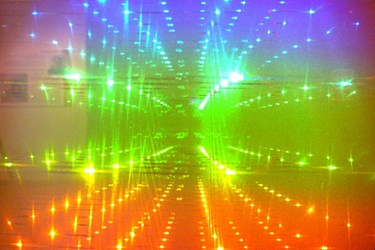Is Holography The Future Of Medical Imaging?
By Joel Lindsey

Researchers at Tel Aviv University (TAU), in Israel, have developed new holography technology that could dramatically improve and expand the possibilities of medical imaging.
“Imagine a surgeon, who is forced to replot several CT-SCAN images to generate an accurate picture,” Jacob Scheuer, a professor in TAU’s School of Electrical Engineering, said in a press release published recently on the university’s website. “By generating a single holographic image, she could examine symptoms from every angle ... The applications are truly endless.”
The key to the new technology is a small metallic nanoantenna chip that works together with a holography algorithm to determine and manipulate the “phase map” of a beam of light.
“Phase corresponds with the distance light waves have to travel from the object you are looking at to your eye,” said Yael Hanein, a researcher at TAU’s School of Electrical Engineering and head of its Center for Nanoscience and Nanotechnology. “In real objects, our brains know how to interpret phase information so you get a feeling of depth, but when you look at a photograph, you often lose this information so the photographs look flat. Holograms save the phase information, which is the basis of 3-D imagery. This is truly one of the holy grails of visual technology.”
The combination of the team’s novel nanoantenna and new holography algorithm removed the need to “replot” images, a process through which two-dimensional images are rotated and expanded in order to achieve the appearance of three-dimensionality. Replotting is one of the methods currently used to generate 3D images.
Researchers said that their work represents the first time holographic imagery could be projected in high-resolution in any direction, and that it could pave the way for a new type of 3D imaging with a variety of real-world applications — especially in the medical field.
Details regarding the new technology, as well as results from early tests, have been published recently in the journal Nano Letters.
Moving forward with the project, researchers plan to improve the technology so that it could eventually allow holographic images to change shape and move, according to the press release.
Image Credit: “Crystal Beginning – 1977.” Kunal Mukherjee. 2007 CC BY-SA 2.0: https://creativecommons.org/licenses/by-sa/2.0/
